Paris, June 2025 — One of France’s most iconic cultural landmarks, the Grand Palais, has fully reopened to the public following a transformative four-year restoration led by Paris-based Chatillon Architectes. This project marks the most comprehensive intervention in the building’s 120-year history, reviving its original spatial logic, enhancing accessibility, and repositioning the monument as a contemporary cultural hub.
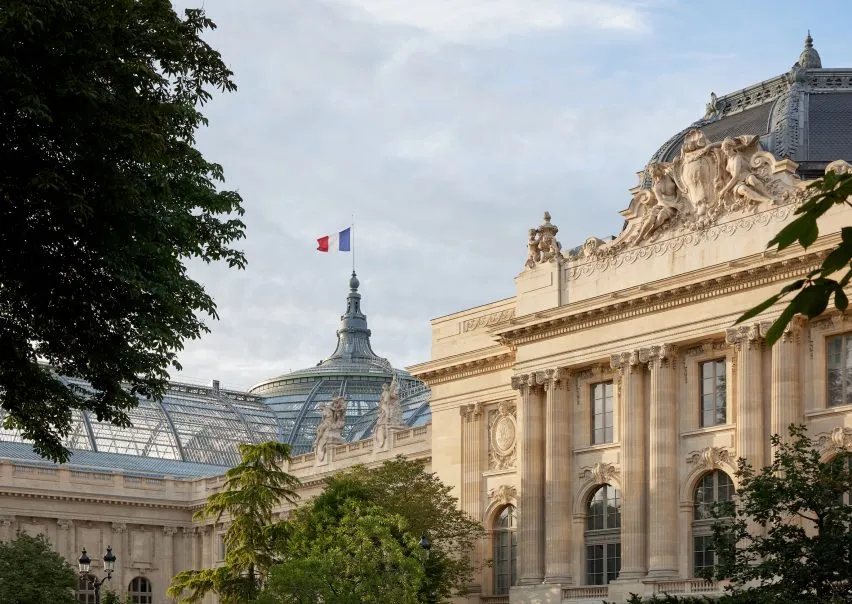
Constructed for the 1900 Universal Exhibition, the Grand Palais has long stood as a masterpiece of Beaux-Arts architecture, fusing ornamental grandeur with industrial innovation in glass and steel. Chatillon Architectes undertook an exhaustive reworking of the 77,000-square-metre monument, guided by the principle of revealing, not reinventing.
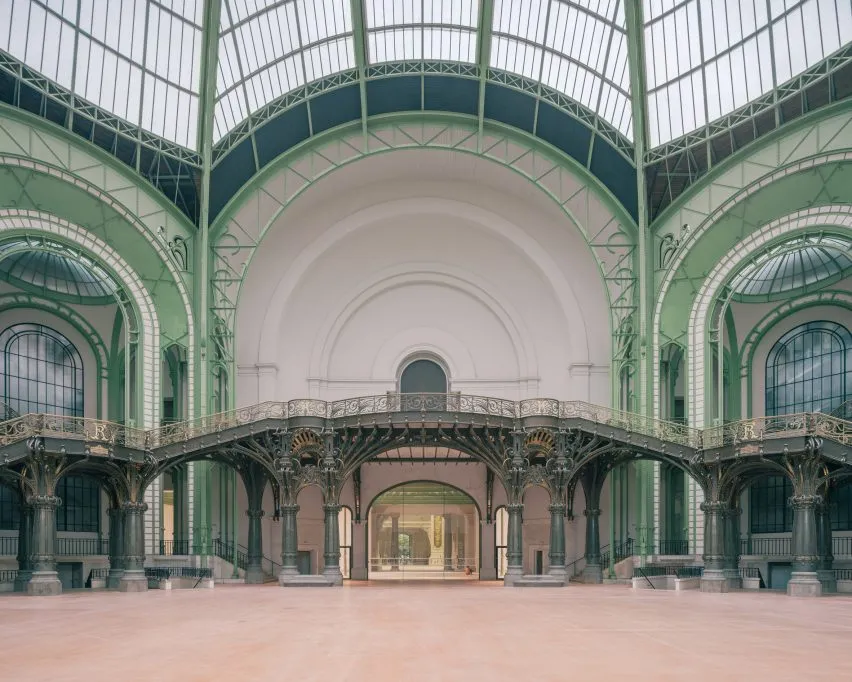
A Restored Architectural Narrative
The project began with the restoration of the Nave, its soaring glass-roofed atrium, completed in time for the 2024 Olympic Games. The recent reopening finalizes the effort, unveiling a revitalized building that restores its original central axis and reinstates a sightline from the Nave to the Palais de la Découverte, unseen since 1937.
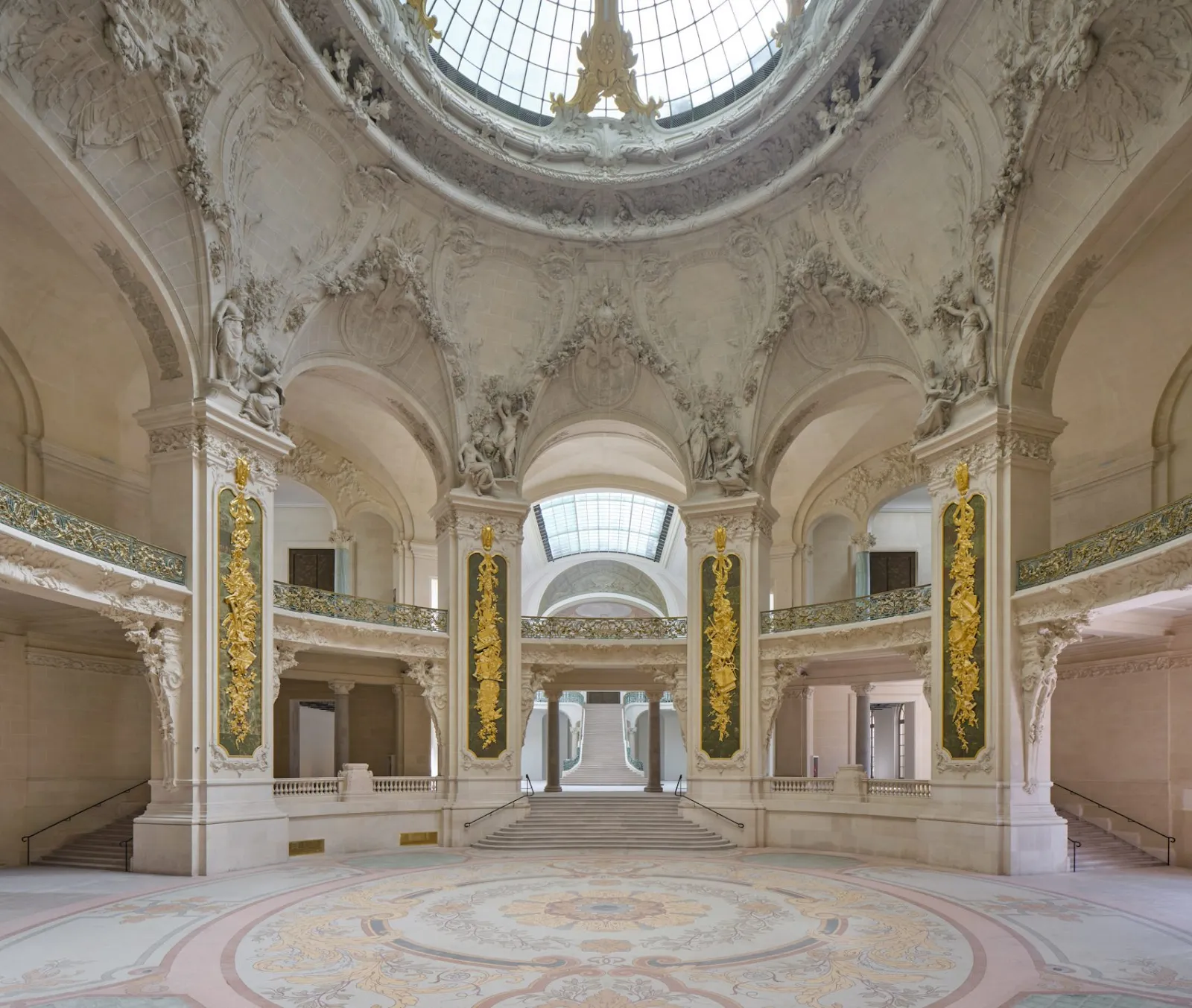
“We weren’t interested in preserving the past in amber,” said Francois Chatillon, founding architect. “This was about unfolding what was already there, removing the layers of alteration, uncovering the building’s rhythm, and reconnecting it to the public experience.”

Interior walls that once divided major volumes have been removed, glass elements replace opaque partitions, and 150 expansive windows once shrouded in grime now allow natural light to flood in. The project is a technical restoration and a curatorial act of spatial memory.
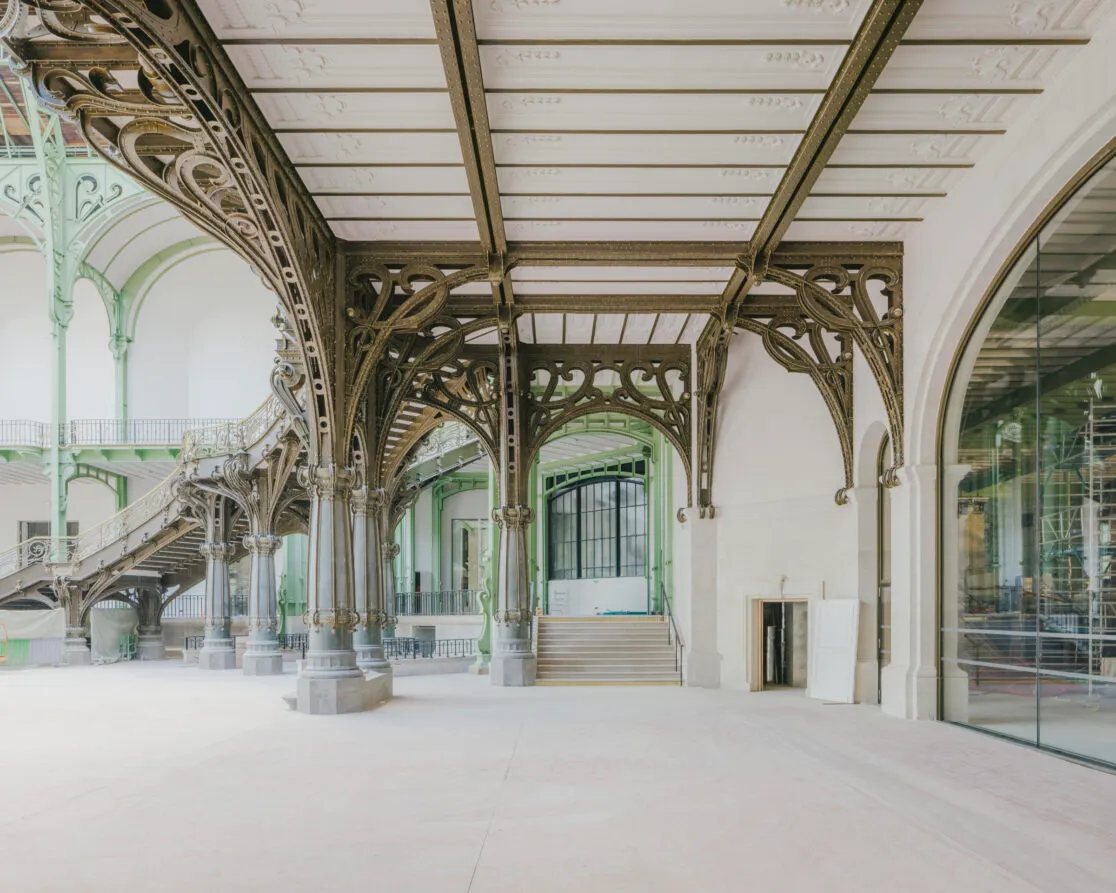
Modern Infrastructure Woven Into Historic Fabric
Critical to the renovation was the integration of contemporary systems that support today’s cultural and operational demands. More than 40 elevators have been installed alongside 30 historical staircases to meet full accessibility standards. New climate systems, flexible lighting rigs, and modular gallery layouts offer future-proofed functionality without compromising architectural integrity.

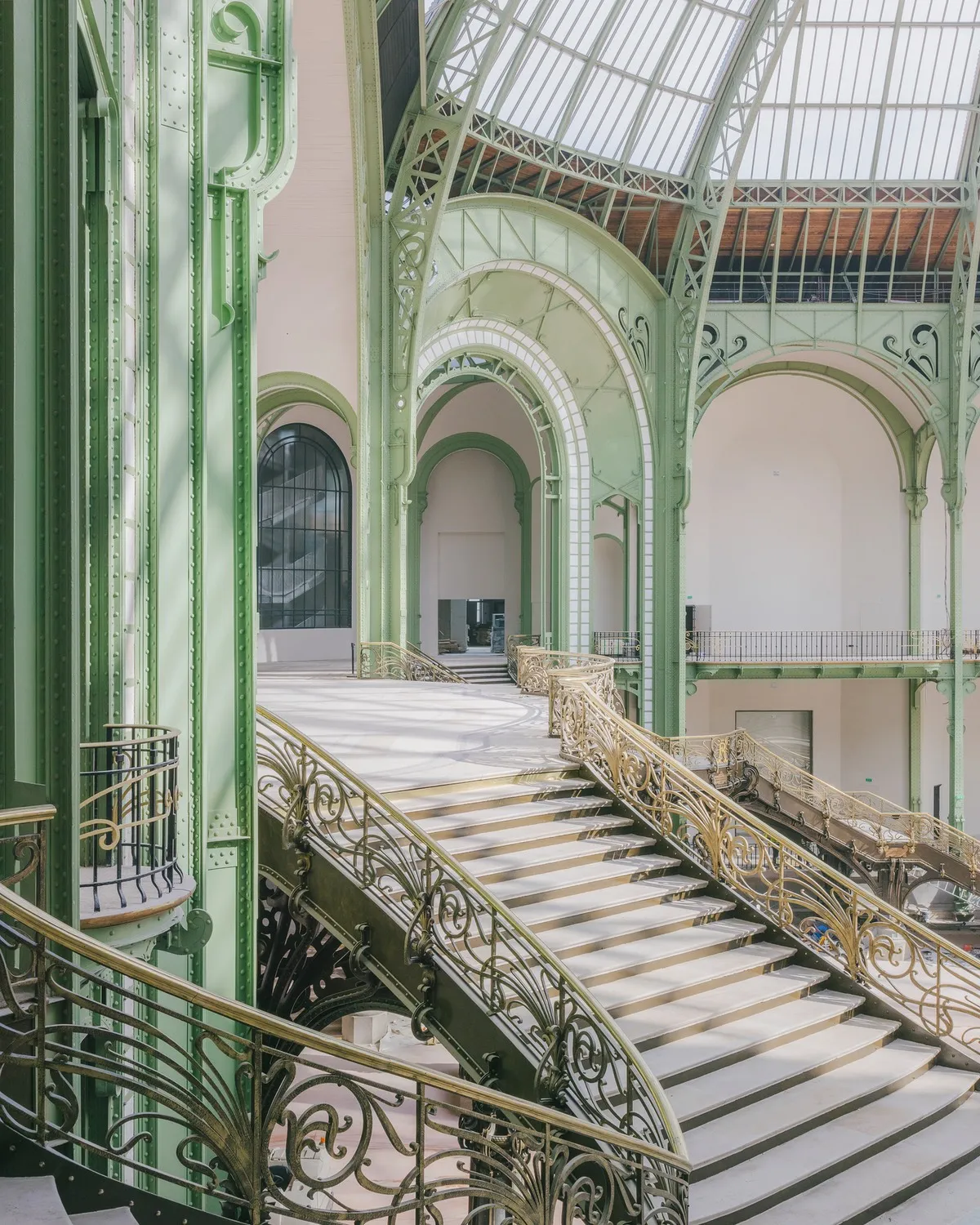
The galleries have already welcomed their first contemporary tenant: the Centre Pompidou. With its headquarters undergoing restoration, the Pompidou has migrated a selection of exhibitions to the Grand Palais. Among them is “Fun Palace” by Studio Ossidiana, a textile pavilion that bridges art, design, and public engagement, highlighting the new space’s flexibility for multidisciplinary programming.
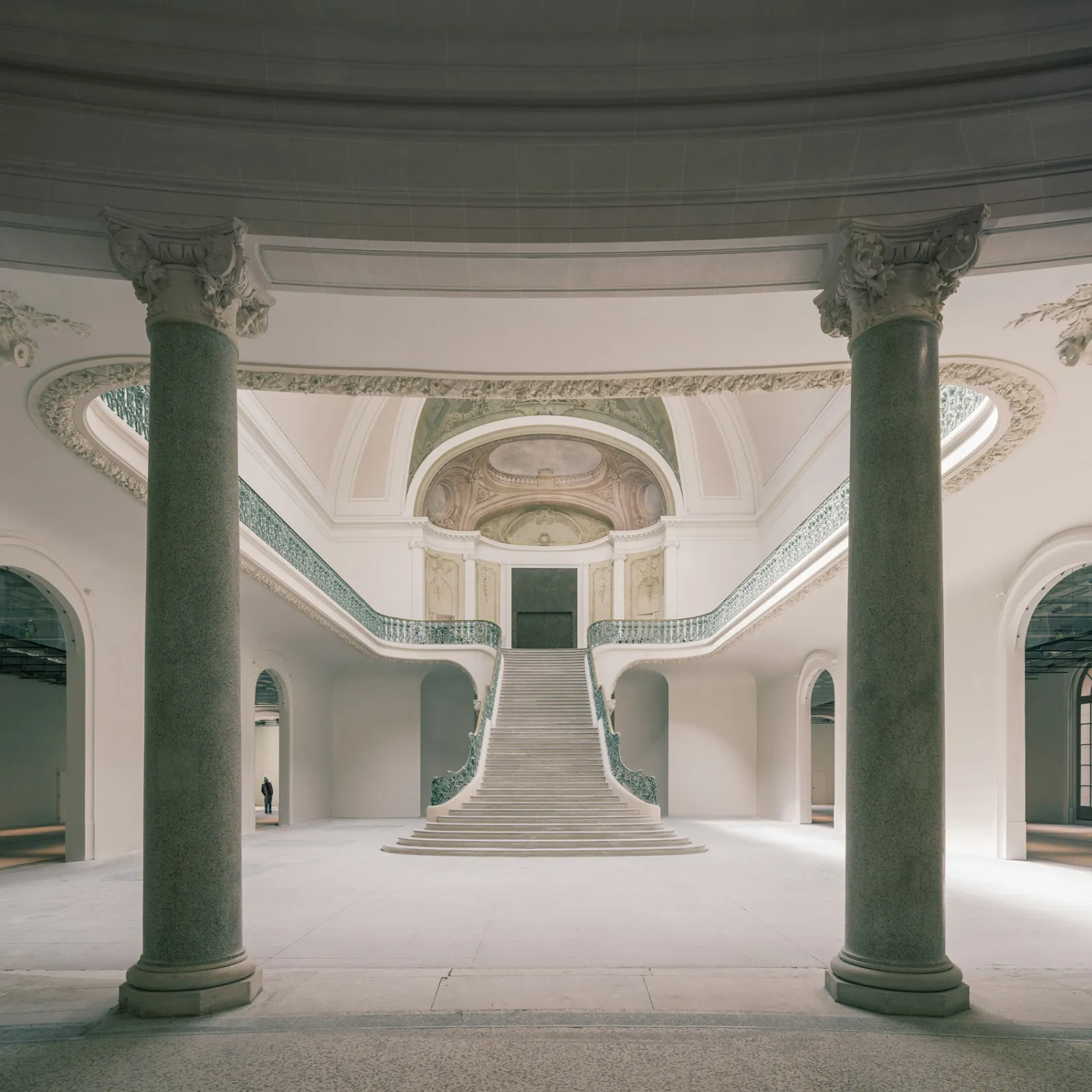
Cultural Reconnection and Public Space Redefined
A major feature of the project is its reorientation of the building toward the city. A new pedestrian entrance at Square Jean Perrin has replaced a road, creating a more inviting threshold. The landscape has been reshaped with over 60,000 plants from 250 species, introducing biodiversity and a visual continuity with the Champs-Élysées gardens. An irrigation system tied to the building’s renovated roof exemplifies the integration of ecological thinking within a heritage setting.
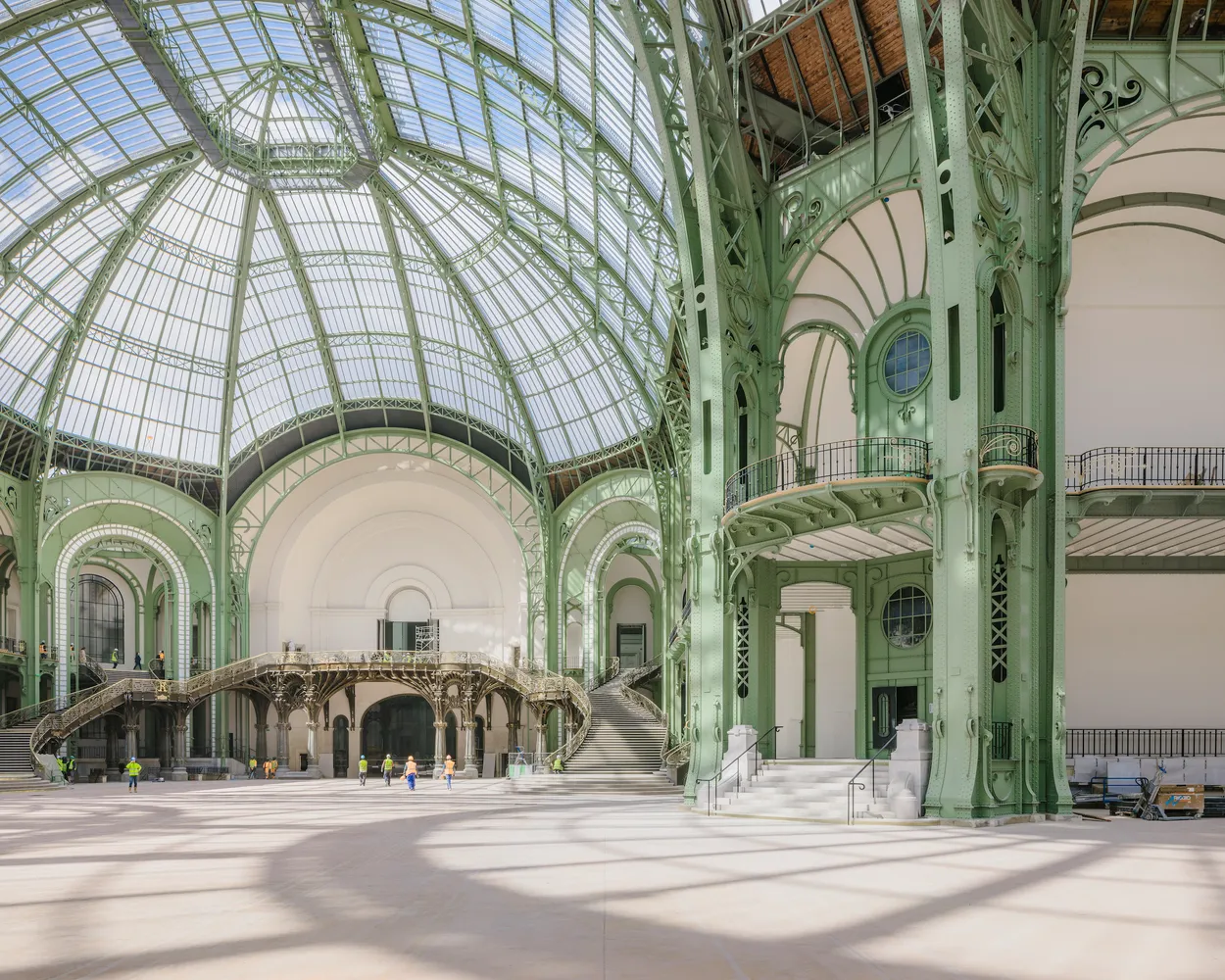
A mezzanine café helmed by Michelin-starred chef Thierry Marx and a brasserie overlooking the gardens designed by Joseph Dirand reframe the visitor experience, blurring the boundaries between cultural destination and everyday public life.
The restoration of the Grand Palais offers a compelling template for future work on historic structures. Rather than treating heritage buildings as static relics or gutting them for efficiency, Chatillon Architectes demonstrates how to braid innovation with preservation. By working through more than 3,000 archival drawings, the team built a detailed architectural narrative to inform every move, making the project as much an archaeological reading as a design intervention.

Simon Chatillon, co-director of the studio, reflects: “We approach cultural landmarks as living organisms. They age, they adapt, and they deserve thoughtful renewal, not just repair. The Grand Palais now functions as a 21st-century public space without sacrificing the qualities that make it singular.”
Now reopened, the Grand Palais invites a new generation of visitors to explore a Parisian monument reborn. It’s past revealed, its present activated, and its future ready for reinvention.


















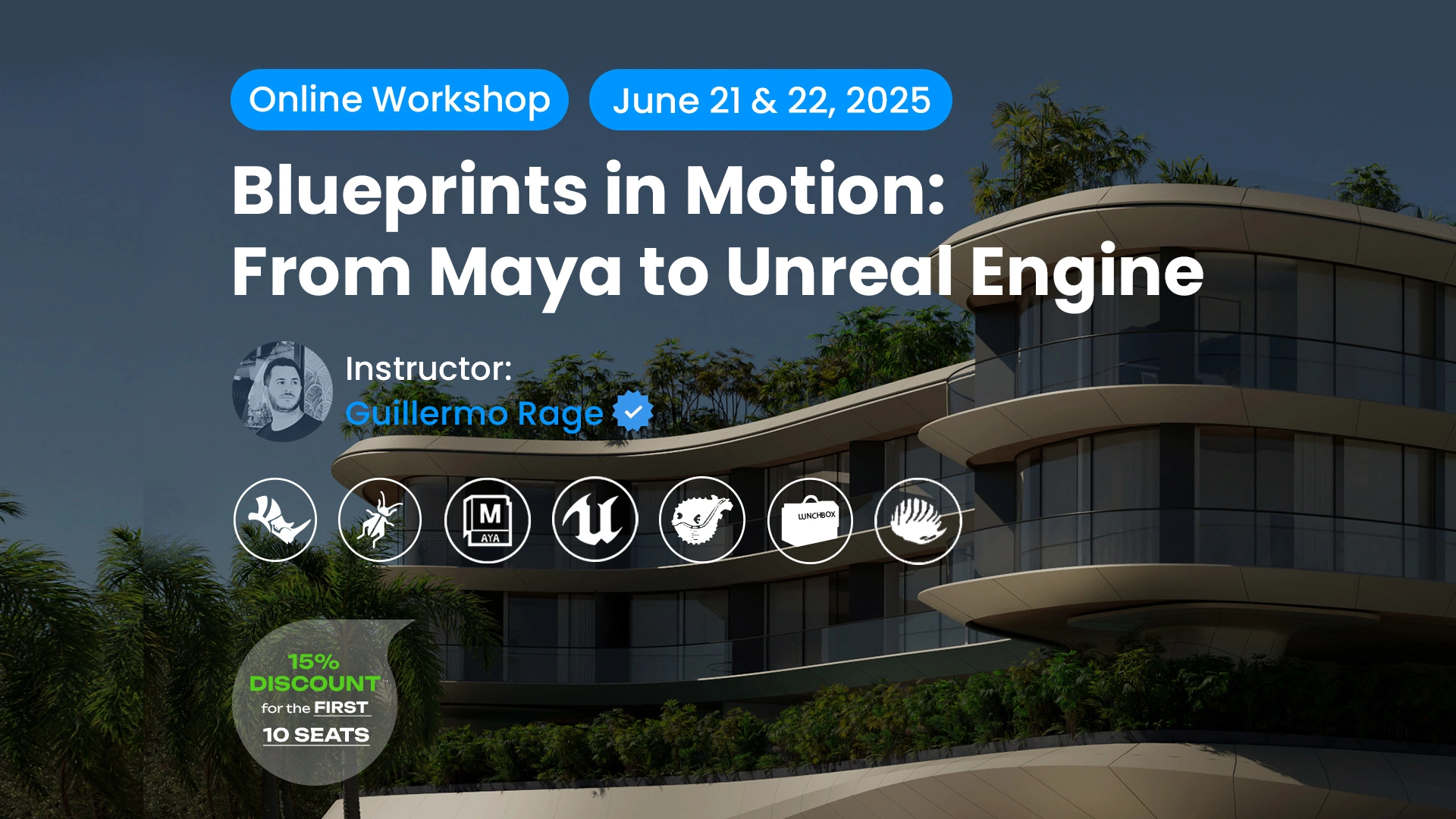










Leave a comment